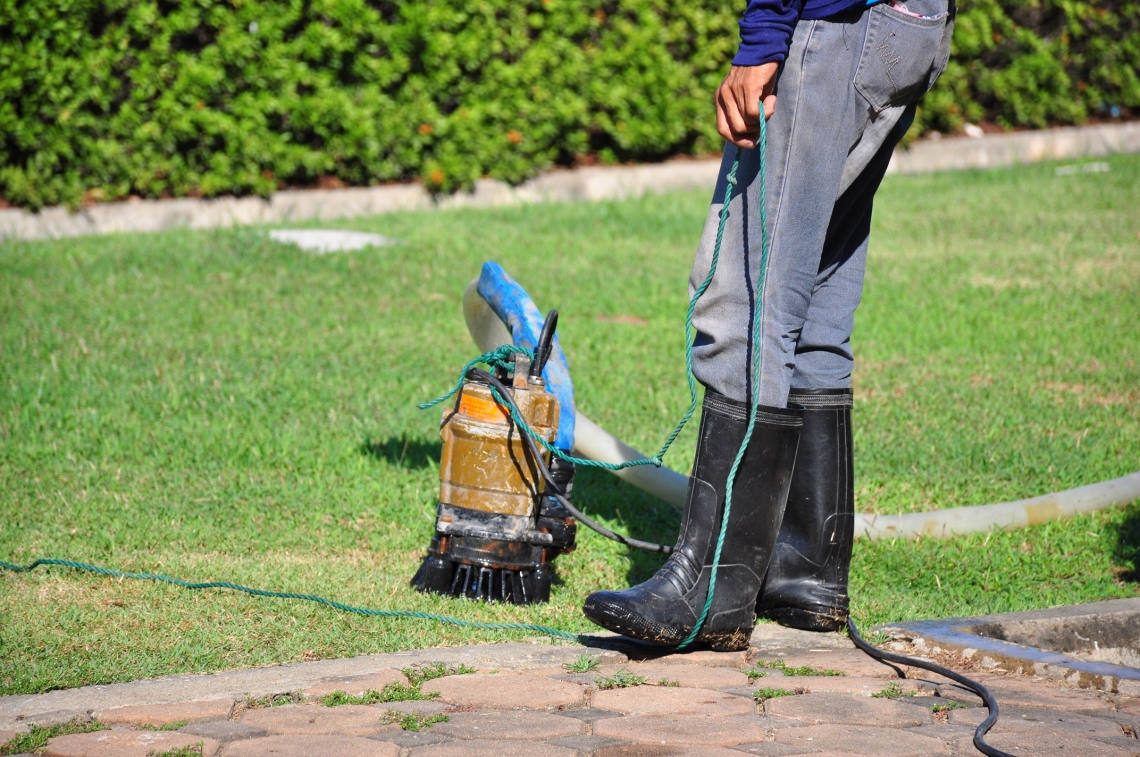
A sump pump is a small pump designed to remove water and moisture from within your home’s lower basement floor. The pump’s job is to draw in water through a filter trap, and direct it outside away from the foundation of the home. Hopefully, a homeowner may never need to use their sump pump – but it is a good idea to have one ready in the home, just in case of flooding or moisture.
Types of Sump Pump
There are two basic types of sump pump: a pedestal style pump whose motor is raised above the sump pit – this type is the less expensive option; and the more expensive option is a submersible pump which is considerably more powerful.
A sump pump runs on electricity from the home, and most also have a battery backup in case of a power outage.
Why Should You Have a Sump Pump in Your Home?
A sump pump has many advantages, and in some cases may be completely necessary. Some of the main reasons that every home should have a sump pump installed are below:
- Some home owners insurance policies may require one in order to cover flood damage;
- Protects against flooding;
- Prevents fungus such as molds and mildews in the basement;
- Defends metal appliances from corrosion;
- Keeps house foundation intact; and
- Keeps the basement dry and warmer year-round.
For the above reasons, having a sump pump in your basement is a great idea. Additionally, if your home has previously had any water problems such as a basement leak, or if your home is located somewhere where the ground water is likely to rise above the level of the basement – such as on a low-lying plot below the water table, or in poorly drained soil.
